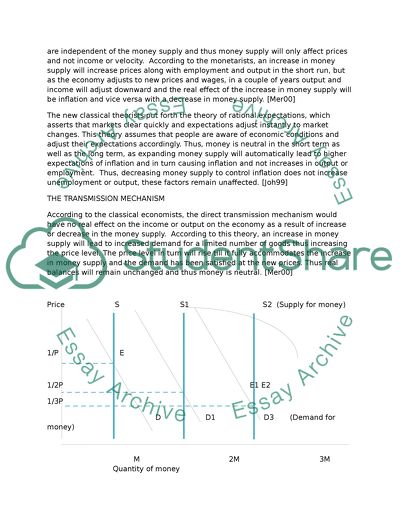Cite this document
(“Discussion on the 'neutrality of money' Essay Example | Topics and Well Written Essays - 2000 words”, n.d.)
Retrieved from https://studentshare.org/environmental-studies/1410390-discussion-on-the-ychneutrality-of-moneyyie
Retrieved from https://studentshare.org/environmental-studies/1410390-discussion-on-the-ychneutrality-of-moneyyie
(Discussion on the 'Neutrality of money' Essay Example | Topics and Well Written Essays - 2000 Words)
https://studentshare.org/environmental-studies/1410390-discussion-on-the-ychneutrality-of-moneyyie.
https://studentshare.org/environmental-studies/1410390-discussion-on-the-ychneutrality-of-moneyyie.
“Discussion on the 'Neutrality of money' Essay Example | Topics and Well Written Essays - 2000 Words”, n.d. https://studentshare.org/environmental-studies/1410390-discussion-on-the-ychneutrality-of-moneyyie.


